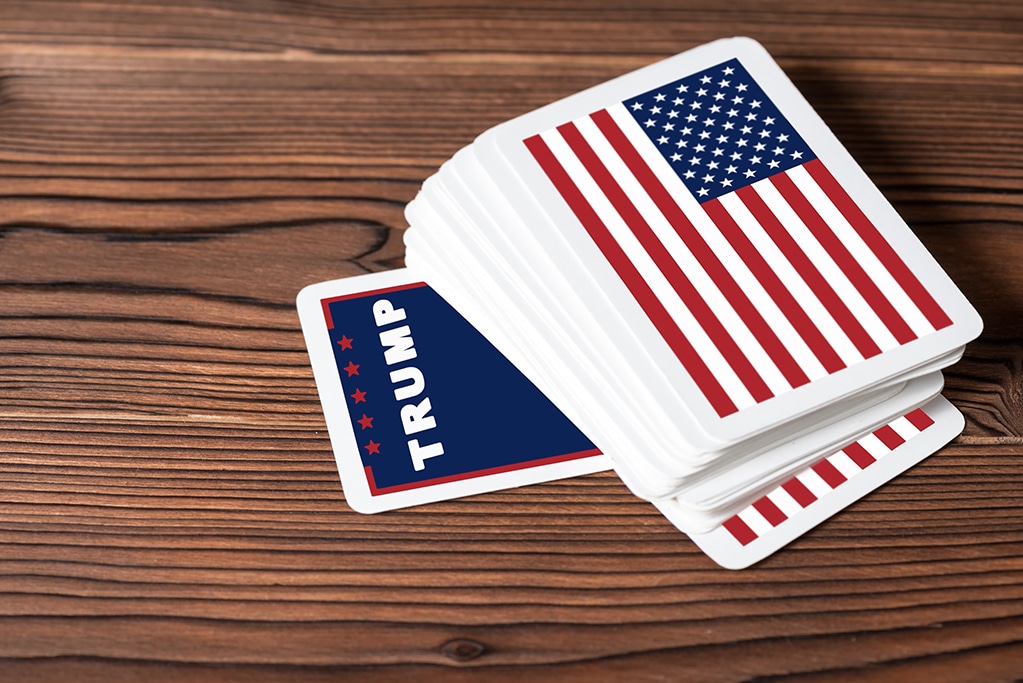As the presidential transition gets underway, there is still limited consensus–but no shortage of speculation–on how priorities and policies will shape up in the new administration. This is particularly the case in higher education, where the campaign season was especially short on explicit policy proposals. While we don’t have a crystal ball, there are clues to what the Trump administration’s priorities for higher education might be. Here’s what we might expect from President Trump:
The good: linking education to jobs
While the democratic candidates battled it out over who could make college free-er for students, Trump was focused on the grievances of workers who have been left behind by globalization and automation. The core of Trump’s stump speech was trade: we are losing. Economists agree that, as a whole, trade has benefitted America. But many of those gains have gone to upper income Americans. Those in the middle have found that there are far fewer well-compensated jobs requiring only a high school education than in previous generations. Offshoring and automation have also contributed to the dwindling number of opportunities in manufacturing and skilled trades. What will it take to bring back those jobs?
Serious think tank answer: A time machine.
Those jobs aren’t coming back. Shut every border, rip up every trade deal: the economy has moved on. But there’s still hope for those workers. The economy is creating jobs—but of a very different sort. Jobs requiring post-college education are projected to grow at almost twice the rate of population growth over the next 10 years. Positions requiring less than a college degree are expected to grow as well, but not as fast as the population. The key to “Making America Great Again” is education: preparing our labor force for the jobs that our economy is actually creating.
This doesn’t mean that everyone needs to earn a four-year degree. Certification and credentialing programs can be excellent pathways into skilled labor jobs in manufacturing and healthcare. There are nearly 6 million open positions in this country, yet companies are saying they can’t find enough skilled workers. If Trump channels his efforts on behalf of middle-income Americans into pragmatic policies to improve their lot, then that would mean heavy investments in higher education and job preparation.
The bad: going after endowments
Subsequent to Congressional hearings in September on the sources and uses of big endowments, Trump announced that he would consider taxing the biggest endowments. This energy, however, is misplaced. Taxing big endowments would raise little revenue, but it would create massive uncertainty across not just higher education, but the nonprofit world as a whole. Endowments are used to support the business models of wealthy colleges and universities. There are certainly big issues with the traditional higher education business models, but taxing endowments won’t solve those problems any more than eliminating or raising tuition will.
Focusing on appropriating endowment wealth would demonstrate the worst sort of governmental intervention in higher education. Instead of cutting established institutions off at the knees, the government should focus on leveling the playing field so that innovative business models can compete. This means reforming the Higher Education Act to allow competency-based models to grow, rethinking accreditation to allow innovation to thrive at traditional institutions, and moving to outcomes-focused regulatory models. Trump would do well to move away from his statements on going after big endowments and instead to intervene in the sector in more productive ways.
The ugly: deregulating for-profits
At the end of the month, Trump will go on trial for fraud, based on claims against Trump University. His attorneys have filed for a continuance, noting what we can all agree is the “unprecedented circumstance” of a president-elect being involved in such litigation. Regardless of how that case turns out, Trump’s involvement in the shadiest aspects of for-profit education inspires little hope that Trump understands the consumer protection and market transparency issues involved. Obama’s Department of Education has done a great deal of rulemaking over the past few months on for-profit issues, and although none of it is perfect, all of it is likely to be wiped away. The next administration is free to rewrite rules as it sees fit; indeed, Trump has campaigned on the very premise of wiping away regulation and even abolishing government departments altogether. What could have been a moment to establish regulation that balances those interests with encouraging business model innovation is likely to be lost—and the most marginal and at-risk students are those likely to bear the cost.
It remains to be seen
Although Trump has said little about higher education, he campaigned on promises to improve American’s lives by reinstating jobs that are long lost. To get there, Trump should focus on making the American workforce more competitive. If he wants to “Make America Great Again,” then Trump should invest in innovation in higher education, construct a common-sense regulatory framework for the 21st century and build bridges between higher education and the workforce.



